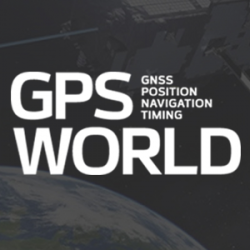
Wyzelink IoT workflow app now on Geotab Marketplace
August 15, 2017
Wyzelink Systems’ IoT workflow-automation application, WyzeTask, is now available in the Geotab Marketplace. WyzeTask is the newest application […]
Read More

Wyzelink Systems’ IoT workflow-automation application, WyzeTask, is now available in the Geotab Marketplace. WyzeTask is the newest application […]

Fathom, a Bluetooth real-time location system (RTLS) asset tracking company, has signed an agreement with Gimbal, a manufacturer […]

The Galileo Search And Rescue (SAR) service, made possible by the Galileo satellite constellation, is now active. Galileo […]

Panasonic Business introduced its connected airport concept at Mobile World Congress, which is taking place this week in Barcelona, […]

To assist drivers losing their navigation assistance in tunnels such as those in New York, Baltimore, Boston and […]

Emergency preparedness company McMurdo has launched a new family of Emergency Position Indicating Radio Beacons (EPIRBs) that will […]

Harxon has released a utility beacon antenna — HX-CS7615A — to professionally solve marine satellite positioning challenges. The […]

Wirepas and u-blox have partnered on an advanced decentralized radio communications solution, the NINA-B1 module, for industrial Internet of […]
Follow Us